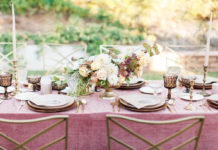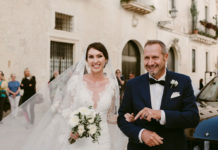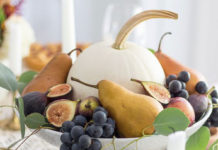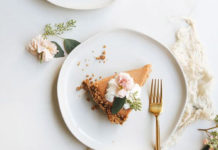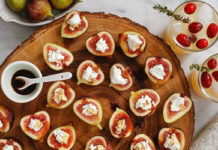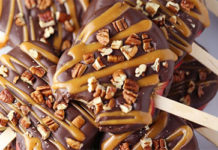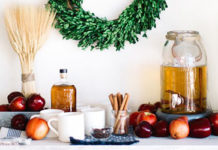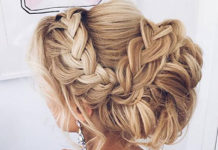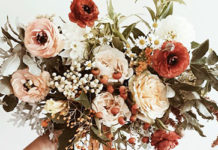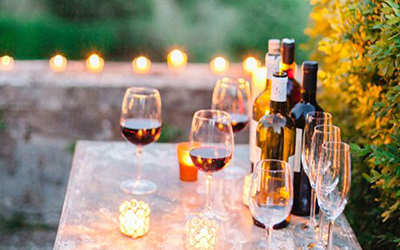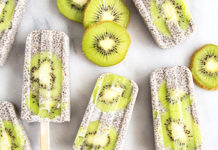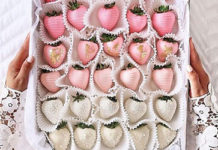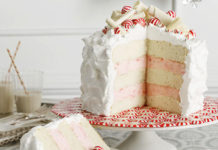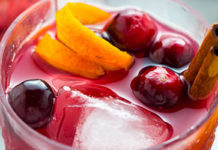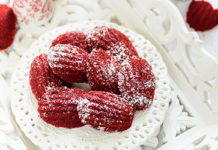Whether it’s a rich red or a dry, chilled white, wine is one of life’s great pleasures. It doesn’t matter whether you were introduced to wine in box-form at your college dorm, or you’ve been sneaking sips of your mother’s merlot at dinner from age 12, we could all stand to learn a little more about the grape elixir we call wine, and dining etiquette in general, because we’re all adults here, right?
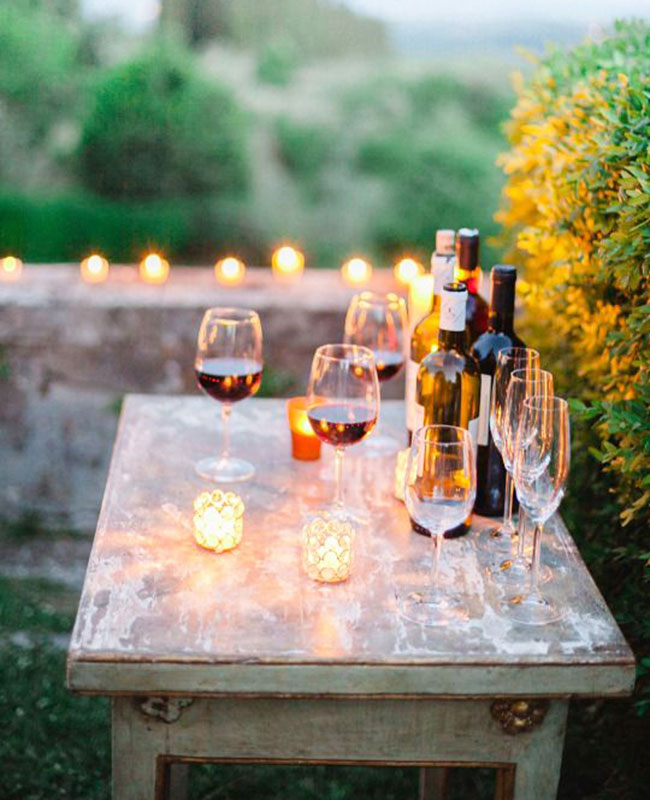
How to sip and serve wine the proper way (not from a box):
1. A slightly less healthy pour
We know, we know. You used to top-off your glass with Franzia in college, but it’s much more elegant and ladylike to fill a glass two-thirds full. Besides, you can always go for a second (or a third).
2. Storing wine
Store wine horizontally so that the liquid stays in contact with the cork. This keeps the cork moist and prevents air from entering the bottle. Once a wine is in place in a wine rack, or anywhere else lying securely on its side, you shouldn’t disturb it until you are ready to drink up!
3. Which glass is which?
Stemmed glasses are typically used for both reds and whites. There are slight differences between the two: red wine glasses are typically taller and have a larger bowl. If we’re getting into the nitty gritty, there are dozens of different glasses experts use for each varietal. We say start with a set of white wine, red wine and champagne glasses.
4. How to hold a wine glass
Always hold your wine glass by the stem instead of the bowl so that your body heat won’t affect the temperature of the wine, thus messing with the complex flavors. This goes double for a chilled white!
5. So many wine glasses! Which is which?
The more narrow glass should hold white wine. This smaller opening preserves the aromas as well as keeps the wine cooler for longer! The wider glass is used to serve most reds. The wide bowl allows the wine to rid itself of the bitterness associated with tannins and to deliver that smooth taste we all know and love. For the more visual folk, this diagram should help while you’re browsing Crate and Barrel!
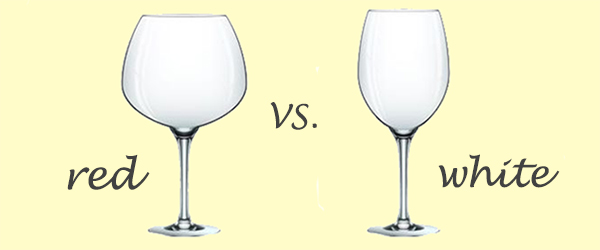
6. How cold?
It’s a common misconception that reds should be served at room temperature. Actually, red wines should be served slightly cooler than room temp. 60-65 degrees Fahrenheit is the ideal temperature. In order to keep your rosé super cold when sipping in the summer, instead of chilling with ice cubes – freeze rosé in an ice cube tray to avoid diluting.
7. Glass placement?
Don’t go grabbing your neighbor’s glass my mistake! Your wine glass, and all glass and stemware for that matter, should always be placed at the upper right-hand side of the place setting. If you’re serving more than one type of wine, place the water goblet closest to the right hand, followed by the wine glasses, in a triangle configuration, in the order in which they are drunk (sparkling, white, then red).
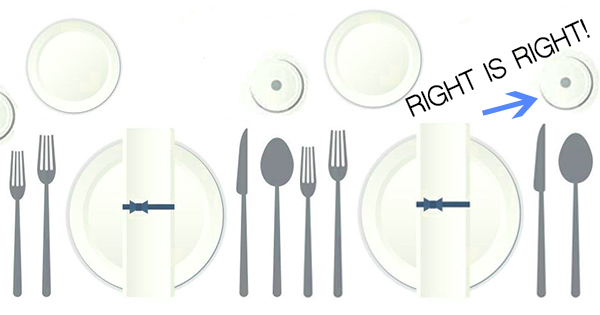
8. Which wines should I cook with?
Two safe bets are Pinot Grigio for your white dishes and Merlot for your red! If you’re not a fan of either, just make sure you go for dry wine (unless otherwise noted in your recipe). Sweet wines may mess with your dish’s flavors, and oaky whites have the tendency to become bitter while cooking.

- Acidity – Don’t worry, not the scary kind. All wine requires some level of acidity. Wines from warmer climates are lower in acidity whereas wines from colder climates tend to be higher.
- Aftertaste – higher quality wines have long and rich aftertastes. If you’ve ever heard someone describing a wine’s “finish” they’re talking about the aftertaste!
- Aroma – You’ve got this one. The aroma means the scent of the wine. If you’ve heard any of the following terms, you’re on your way to mastering aroma: earthiness, floral notes, fruit flavors, herbal flavors and spices.
- Balance – A wine is balanced when all of the components are working in harmony: acidity, tannin (we’ll get to that), sweetness and alcohol.
- Blend – A wine made with more than one grape variety.
- Body – A term to describe the weight of the wine (light, medium or full). Full bodied wines are typically higher in alcohol.
- Decanting – The process of pouring wine from the bottle into a container in order for the wine to “breathe.” Allowing oxygen into the wine helps to develop the intended aroma and taste more quickly.
- Dry – Not sweet.
- Fermentation – That sweet process of turning sugars into alcohol.
- Legs – Contrary to what those annoying guys in movies think, swirling around your wine in the glass does not determine the quality of the wine. A wine’s legs, or the small streaks left by swirling your wine in a glass, indicates the level of alcohol. More legs = more alcohol.
- Nose – A term used for how the wine smells in the glass.
- Tannin – Natural compounds inside of grapes. You’ve experienced the effect of tannins if you’ve ever felt that drying sensation in your mouth after a sip of wine. A wine’s tannin level depends on how long the juice sits with the grape skins, seeds and stems, all of which contain tannins.
- Vintage – The year the grapes were harvested in.
Now go and impress your friends and guests with your new vino knowledge. You’re ready to host your very own wine tasting party!



